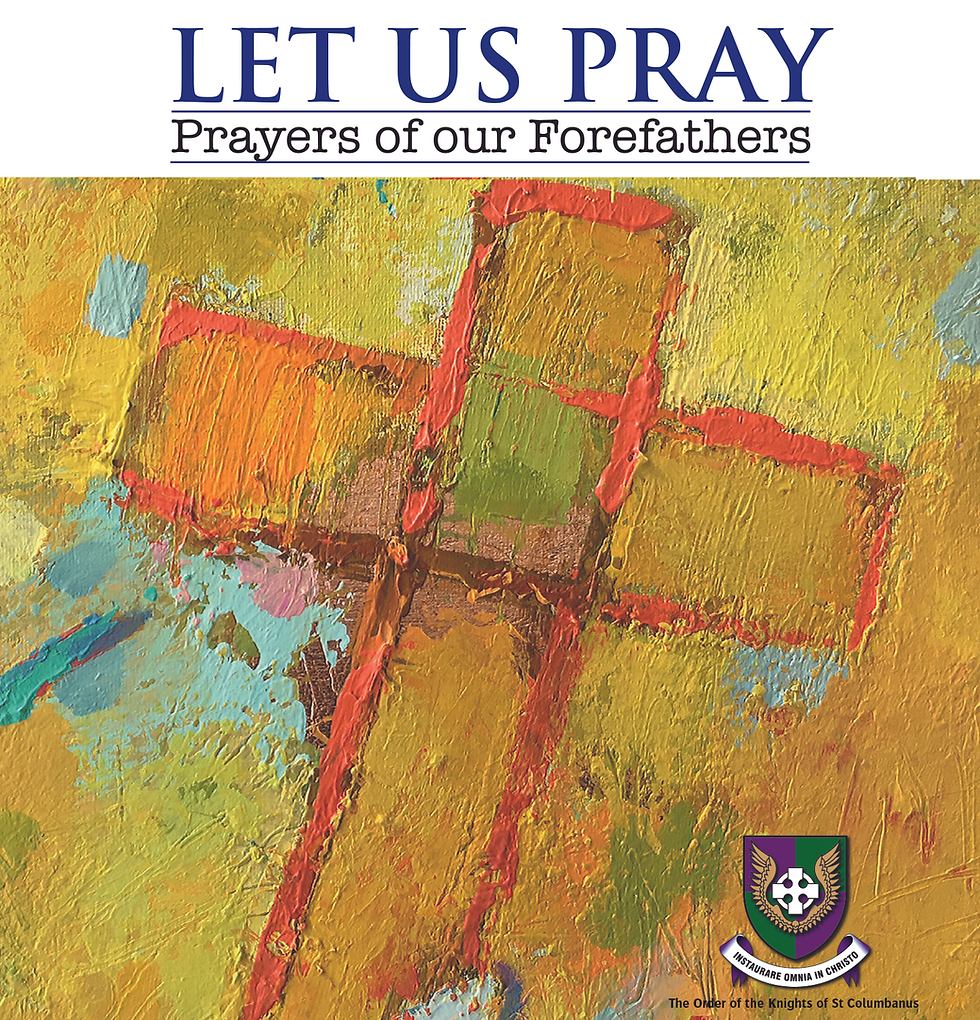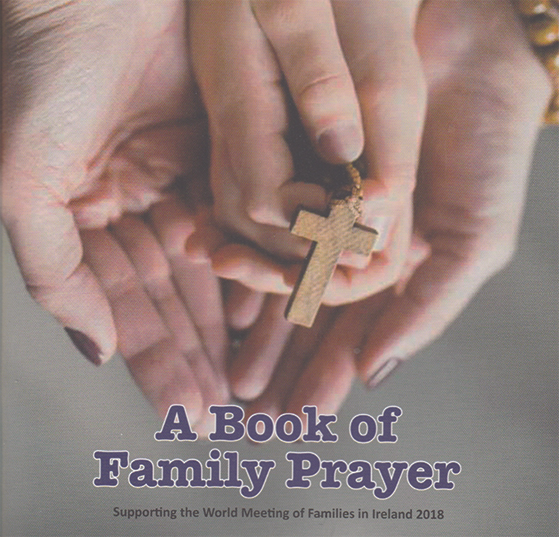top of page
OUR MISSION
Supreme Knight
John Murphy
“As an Order of Catholic men we seek to serve God in fidelity to the teachings of the Magisterium of the Church. Inspired by the Evangelical zeal of our patron St. Columbanus we will promote a deeper understanding of these teachings for our members and the wider Church.”

Featured Posts
No events at the moment

Newsletter Sign Up
News Feed Anchor
News Feed

12/8/2025
On solemnity of the Immaculate Conception, pope encourages renewing our ‘yes’ to God
michaelmccrea
Pope Leo XIV prays the Angelus prayer on the solemnity of the Immaculate Conception on Dec. 8, 2025. / Credit: Vatican Media ACI Prensa Staff, Dec 8, 2025 / 13:30 pm (CNA). Pope Leo XIV led the Angelus prayer Dec. 8 from the...
EWTN

12/8/2025
Benedict XVI’s former secretary hopes the pope’s beatification process will open soon
michaelmccrea
Archbishop Georg Gänswein, former secretary of Pope Benedict XVI. / Credit: Alan Holdren/EWTN News ACI Prensa Staff, Dec 8, 2025 / 16:28 pm (CNA). Archbishop Georg Gänswein, former secretary of Pope Benedict XVI, said he hope...
EWTN

12/8/2025
Supporting Christians to remain in Lebanon
From the north to the south of the country, the small team at Aid to the Church in Need is working hard to ensure that Christians have a home in the Land of the Cedars. Pastoral care and education are the charity’s two main p...
Vatican News

12/8/2025
Pope Leo: Blessed Virgin Mary, watch over this humanity
Continuing a decades-old tradition of paying homage to the statue of the Immaculate Conception in Rome, Pope Leo prays at the foot of the 12-meter column on top of which the figure of the Virgin Mary is placed, and lays a wre...
Vatican News

12/8/2025
Syria marks al-Assad ouster amid ongoing challenges
Syria is marking one year since the fall of longtime ruler Bashar al-Assad after nearly 14 years of war. Read all
Vatican News
bottom of page






















